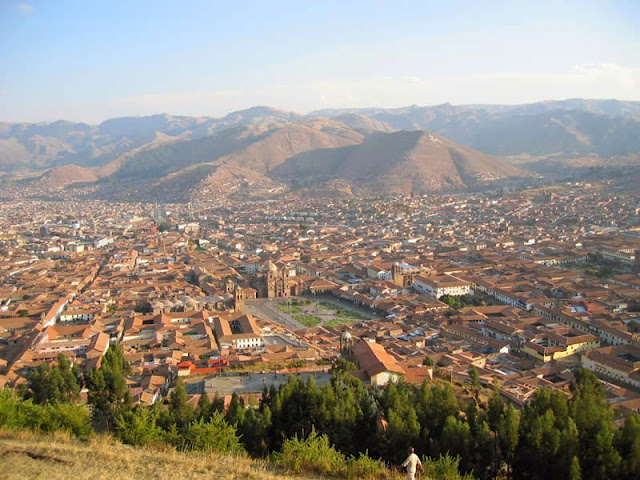A young man with Sickle Cell Disease-SC type was awarded funding to study abroad for the summer in Cusco Peru. I received a letter from the program director that the location where the student was staying in Cusco Peru was situated 10,000 feet above sea level. Being that he has experienced problems with his Spleen in the past, I cautioned against this trip. He was so upset with me that there was a possibility he could have sickle cell complications from his trip and travel. It is unknown if the young man will have access to supplemental oxygen, a local hospital or clinic that could provide IV hydration, pain management and transport if needed. I am also unsure of how many hematologists are in Peru take care of persons with sickle cell.
Would you as a parent want your child (this young man) taking a study abroad experience to Cusco Peru?
those with Hb SC or Hb S /3-thalassemia. Altitude exposures were divided into
airplane travel and mountain visits, and the latter subdivided into stays at 4,400 or 6,320 ft. The average risk of crisis was higher for both groups while in the mountains (37.9 percent and 56.6 percent, respectively) than it was during airplane travel (10.8 percent and 13.5 percent, respectively). The latter group had more splenic crises than the former group and also had a greater risk at 6,320 ft (65.9 percent) than at 4,400 ft (20.0 percent). Patients with sickle cell disease are at high risk of crisis in the mountains, and we advise those with intact spleens to breathe supplemental oxygen during air travel.,
November 1981 (135)-Western Journal of Medicine.
Would you as a parent want your child (this young man) taking a study abroad experience to Cusco Peru?
Risk of Altitude Exposure in Sickle Cell Disease
SUSAN CLASTER, MD, Boston, MUKULLA J. GODWIN, RN, and STEPHEN H. EMBURY, MD, San Francisco
The risk of altitude-induced hypoxemia causing
painful crisis was determined
in a group of 45 predominantly adult patients with sickle cell disease. The
patients were divided into two groups: those with hemoglobin (Hb) SS andthose with Hb SC or Hb S /3-thalassemia. Altitude exposures were divided into
airplane travel and mountain visits, and the latter subdivided into stays at 4,400 or 6,320 ft. The average risk of crisis was higher for both groups while in the mountains (37.9 percent and 56.6 percent, respectively) than it was during airplane travel (10.8 percent and 13.5 percent, respectively). The latter group had more splenic crises than the former group and also had a greater risk at 6,320 ft (65.9 percent) than at 4,400 ft (20.0 percent). Patients with sickle cell disease are at high risk of crisis in the mountains, and we advise those with intact spleens to breathe supplemental oxygen during air travel.,
November 1981 (135)-Western Journal of Medicine.
 |
| Cusco, Peru |






